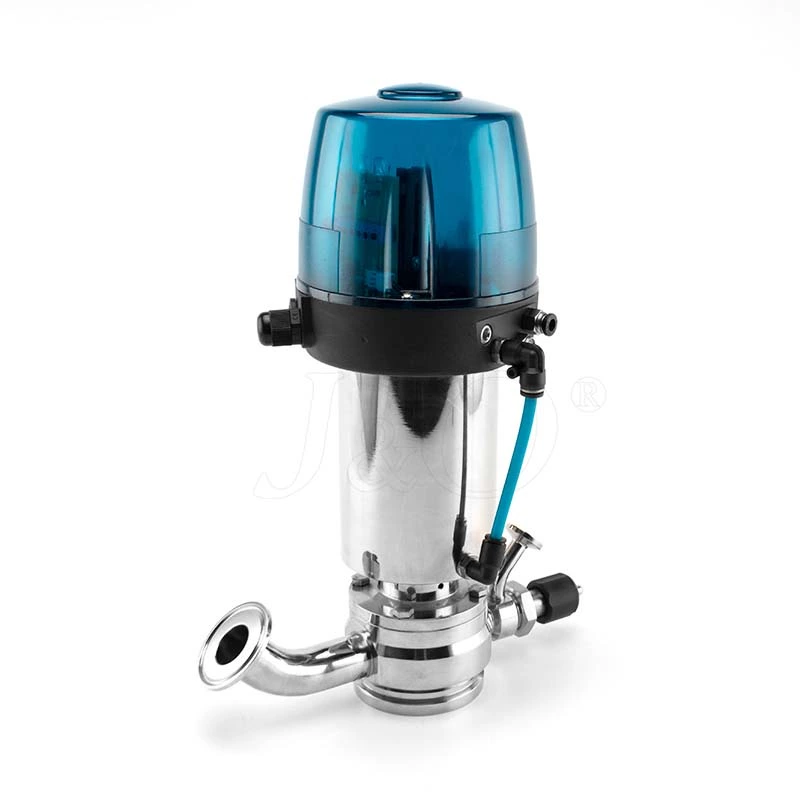Brief Analysis Of The Product Features Of Tank Bottom Valve
Our company is a professional Sanitary Tank Bottom Valve manufacturer. The tank bottom valves we produce are widely used in clean industries such as pharmaceuticals, biology, fine chemicals, and food. They have the advantages of safe discharge of materials, no residue, no leakage, and good sealing performance. Generally speaking, the valve is welded to the bottom of the container to achieve safe emptying, cleaning, and disinfection.
Working principle of tank bottom valve:
The diaphragm provides valve body seal and valve seat seal. There is no path to the external environment, so the valve is suitable for aseptic processes. When the valve is closed, the pressure pad supporting the diaphragm moves toward the sealing surface on the valve body. When the pressure plate moves, the diaphragm bends and is forced to push toward the valve seat area in the center of the valve body, thereby closing the fluid path to the valve body. The relationship between the valve body and the pressure plate prevents the extrusion of the diaphragm. The valve can be operated manually or pneumatically, and can also be controlled by a controller and a solenoid valve.
Product features of tank bottom valve:
1. The diaphragm valve diaphragm made of soft seals such as rubber or plastic has good sealing performance. Since the diaphragm valve diaphragm is a wearing part, it should be replaced regularly depending on the characteristics of the medium.
2. Due to the limitation of the diaphragm material of the diaphragm valve, the diaphragm valve is suitable for low pressure and relatively low temperature occasions.
3. According to the structural form, the diaphragm valve can be divided into six types: house-type diaphragm valve, direct-flow diaphragm valve, stop-type diaphragm valve, straight-through diaphragm valve, gate-type diaphragm valve and right-angle diaphragm valve; the connection form is usually flange connection; according to the driving mode, it can be divided into manual, electric and pneumatic three types, among which pneumatic drive is divided into normally open, normally closed and reciprocating three types. The diaphragm valve uses the valve stem to press the elastic film against the valve seat to cut off the gas path. Turning the handwheel can drive the valve stem up and down, so that the diaphragm valve diaphragm leaves the valve seat to open the valve or the diaphragm valve diaphragm is pressed against the valve seat to close the valve. If this type of valve uses a nitrile rubber diaphragm valve diaphragm, it is suitable for non-corrosive gases in the front stage and pre-pumping pipelines and at a temperature of -25 to 80°C. If fluororubber diaphragm valve diaphragm is used, it can be used in high vacuum system, and the operating temperature range is -30~150℃
